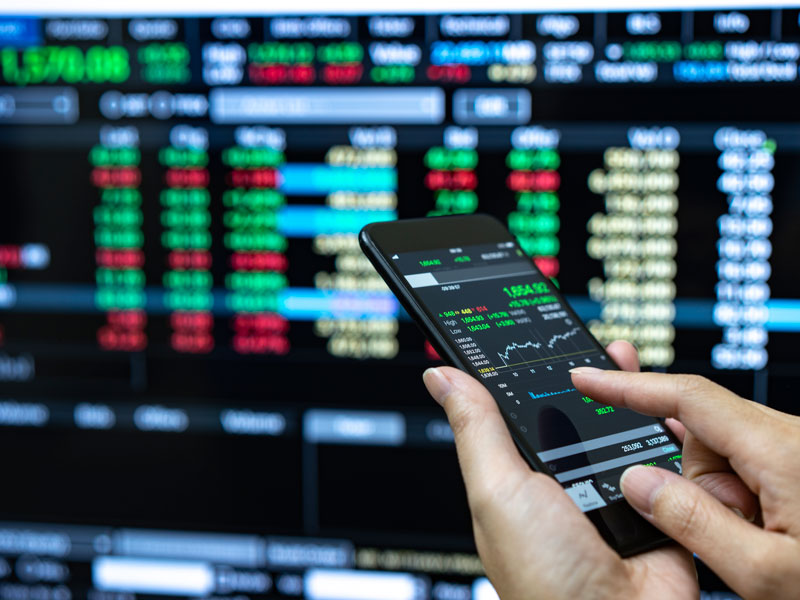Tape reading, an age-old technique in trading, remains a cornerstone of understanding order flow dynamics for traders seeking an edge in the markets. At its essence, tape reading involves interpreting the flow of transactions as they occur in real-time, typically visualized through a price and volume chart, commonly known as the tape. By closely analyzing this tape, traders aim to discern patterns, trends, and shifts in market sentiment to make informed trading decisions. Unlike relying solely on technical indicators or fundamental analysis, tape reading provides a direct window into the market’s collective behavior, offering invaluable insights into the psychology of buyers and sellers. One of the fundamental principles of tape reading is the concept of reading between the lines. Beyond simply observing price movements, skilled tape readers pay close attention to the volume accompanying each price change. A surge in volume often signifies increased participation and conviction from market participants, suggesting potential momentum shifts or trend reversals. Conversely, low volume during price movements may indicate lackluster interest or a temporary pause in the prevailing trend. By juxtaposing price action with volume, tape readers can gauge the strength of a move and anticipate potential follow-through or retracement.

Rapid price movements accompanied by large volume spikes suggest aggressive buying or selling pressure, often signaling the presence of informed traders or institutional activity. Conversely, sluggish price action with minimal volume fluctuations may indicate a lack of conviction or indecision among market participants. By discerning changes in tape speed, traders can assess the market’s current dynamics and adjust their strategies accordingly, whether it involves scalping short-term opportunities or positioning for longer-term trends. Another crucial aspect of tape reading is identifying key support and resistance levels through price action analysis. Beyond conventional technical indicators, such as moving averages or Fibonacci retracements, tape readers focus on significant price levels where buying or selling pressure tends to intensify. These levels often coincide with areas of accumulation or distribution, where institutional players execute large orders, leaving discernible footprints on the tape. By recognizing these levels and observing how price reacts around them, tape readers can anticipate potential breakout or reversal opportunities, enhancing their risk management and trade execution.
Furthermore, tape reading requires a keen understanding of market microstructure, including order types and market participant behavior. Ainvesting analyzing the composition of the order book and monitoring the depth of market, traders can infer the intentions of various market participants, such as high-frequency traders, retail investors, or institutional players. For instance, a sudden influx of limit orders at a specific price level may indicate strong support or resistance, influencing future price action. Additionally, tracking the presence of iceberg orders or hidden liquidity can provide valuable insights into hidden supply or demand zones, guiding traders in navigating potential market manipulation or order flow imbalances. In conclusion, the art of tape reading remains a time-tested approach for understanding order flow dynamics and gaining a competitive edge in trading. By deciphering the subtle nuances of price action, volume, and market microstructure, tape readers can extract valuable insights from the market’s ebbs and flows, empowering them to make more informed and decisive trading decisions. While mastering tape reading requires practice, discipline, and a deep understanding of market mechanics, its potential to uncover hidden opportunities and anticipate market trends makes it an indispensable skill for traders across various asset classes and timeframes.